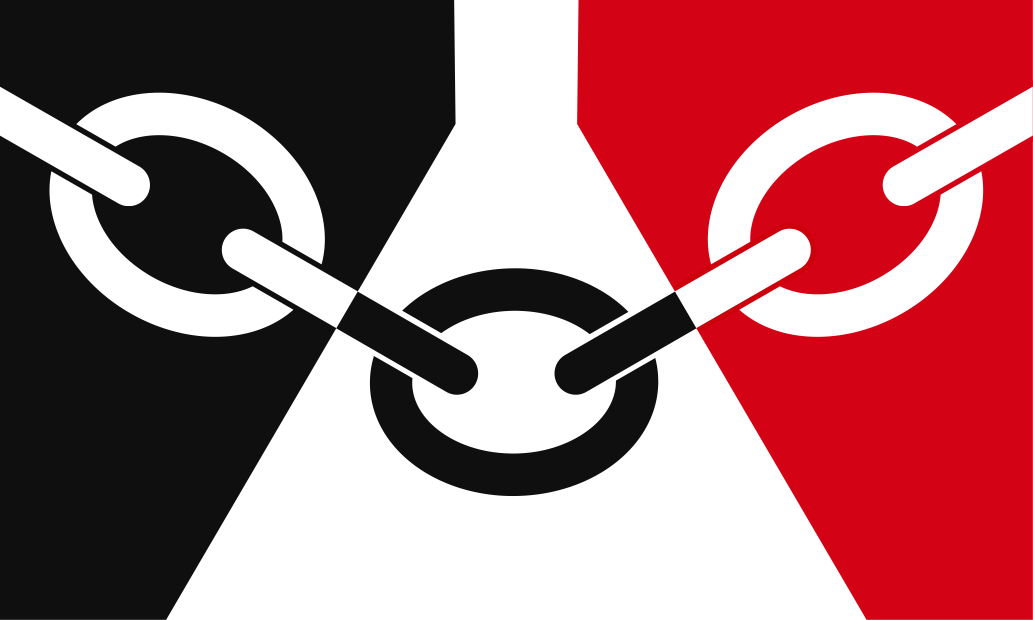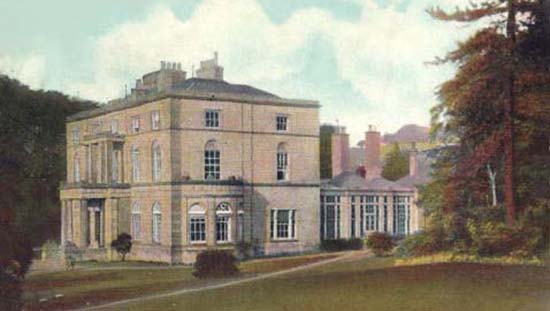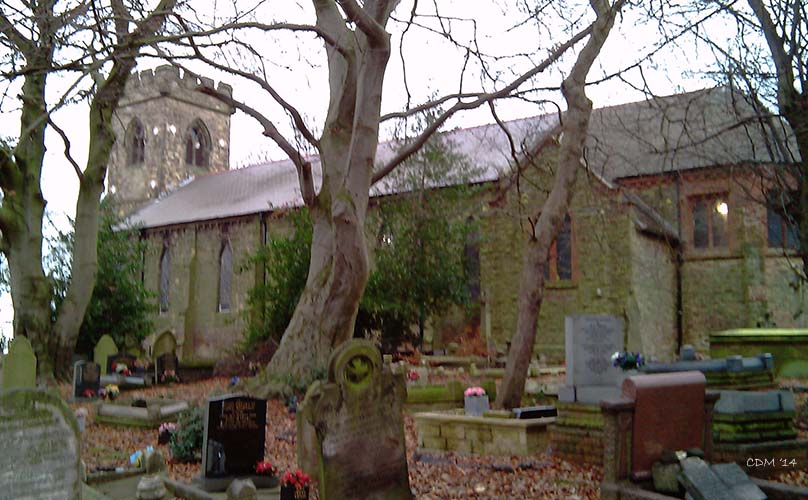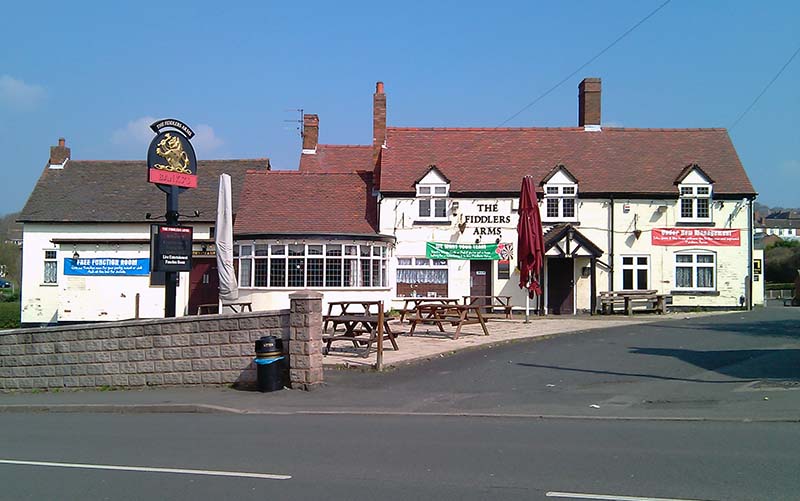
|

|
||
|
Landmarks ~
Churches ~
Pubs ~
Shops ~
Amenities ~
Dwellings ~
Events ~
Schools ~
Sports
Industrial ~ Transport ~ Folklore ~ Families
~ Gallery - Churches and Chapels ~
Catholic ~
Five Ways ~
St. John's Church ~
Lake Street Methodist ~
Robert Street Baptist ~
Ruiton ~
St. Andrews
St. James the Great ~ St. Pauls Church ~ Wesleyan ~ Zoar ~ St. Peters ~ Upper Gornal Chapels
St. John's Church, Gornal Wood.
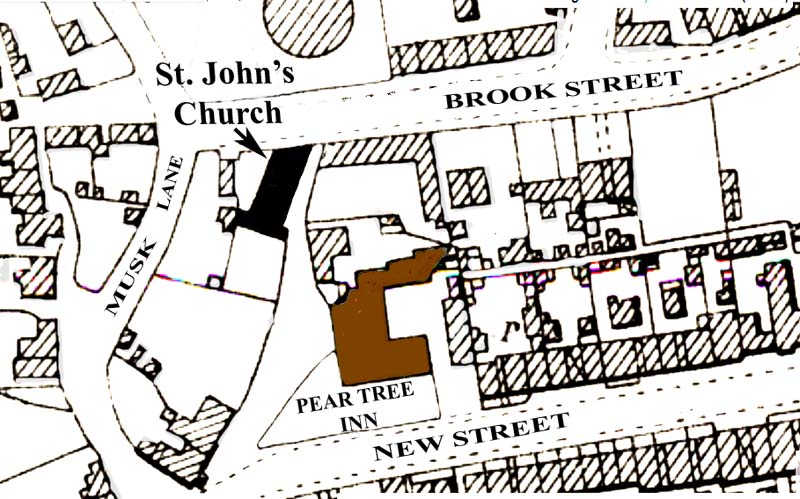 Location of St. John's Church, Gornal Wood, map c1900.
Location of St. John's Church, Gornal Wood, map c1900.
St. John's was established around 1865, after the building was
vacated by a Catholic mission, which was set-up in the building a few years earlier.
Although the building no longer exists, it's location is shown
on old Ordnance maps of the late 1880s through to the 1920s, being located off
Brook Street perhaps with a entrance in New Street, near to the the Pear Tree Inn
The building appears to have been demolished in the early 20th Century and little seems to be known about it.
The mission was possibly converted from a disused malthouse which was not unusual
in the district, malthouses were usually of two story construction and of good proportions
which lend them to conversion.
Father John Day, who also served St. Chads, Sedgley between 1858 and 1865,
established the Catholic mission in Gornal Wood as a satellite of St.Chads.
Although religious use started with the Roman Catholics, the Catholic church was not well supported in Gornal at that time, and by 1865, the Church was abandoned when Reverend Day left Sedgley bound for America. The Catholic following in Gornal grew in the course of time and in 1928 a position for a new church was found at the top of Temple Street.
1877 Sale Notice: County Advertiser, 29 April.
In 1865, the building was adapted by Reverend Rooker, vicar of the parish Church and
was named St. John's Church, the first minister was Reverend John Birch.
Reverend Birch was from Newcastle-Upon-Tyne, he was described as Curate of Lower Gornal [St. James's Parish Church] in 1861, unmarried, age 24, he was living in Church Street, Lower Gornal before moving on a few years later.
As with many other religious establishments, a school was also formed there.
Not much has been documented about its later use after this time,
if any.
1865
On Wednesday evening past, the 'building' situated in Barrs Meadow, Gornal Wood
and known for some years back as the Roman Catholic Chapel, was opened for Divine service,
according to the rites and ceremonies of the Church of England. The Reverend James Yates Rooker
preached from the third verse of the Epistle of St. Jude.
Wolverhampton Chronicle, 6th September, 1865.
He referred to the immoral state of the locality, which had been the subject of a remark at a public meeting at Sedgley. He had tried every means to secure a place from which direct influence could be brought to bear on the people. A large club room had been used for Divine worship, but many people raised an objection to going to a public House. The Roman Catholics unexpectedly relinquished their mission, the building was offered to him [James Yates Rooker] and he at once accepted it, as it enabled him to meet a pressing want. The means of accommodating in his own church were absolutely insufficient for the necessities of the population, and dissatisfaction caused by taking down of the side galleries had never been allayed. It was moreover and anomaly that in the poorest parish in the diocese, part of the endowment should rely on pew rents, whilst in the wealthy parishes around ample accommodation was provided for the poorest. In the present edifice every kneeling would be free. There would be Divine service every Sunday afternoon and Wednesday evening. His own time and powers were overtasked, and he could not take any part in the additional services. The liberality of the Church Pastoral Aid Society had for several years provided the necessary funds for a curate's stipend, and it was owing to that liberality alone that he ventured to take the offer of the chapel. He should commit the sole charge of the services to his friend and colleague, the Rev. John Birch, who would be the first "Minister of St. John's, Gornal Wood", and as densely crowded as St John's then was, he hoped to hear that it always continued so. If so, it would form the nucleus of a church for Gornal Wood, which, with its present population of three thousand souls or more, greatly needed one. It was unnecessary for him to say that in such an event the Earl of Dudley would act with his munificence. It was, in reality, to his Lordship's kind-hearted liberality that they owed the comfortable seats they now occupied. The Rev. Gentleman then entered on the special subject of his text, remarking that one hundred years ago, one of his ancestors—the Rev James Yates Rooker—of that day, had preached from the same text. The sermon he possessed, and though his own would not be published, it was his fervent prayer that the same views would animate his successors to the last of the name. The Doxology was heartily sung, and the interesting service concluded. ~
|
|
